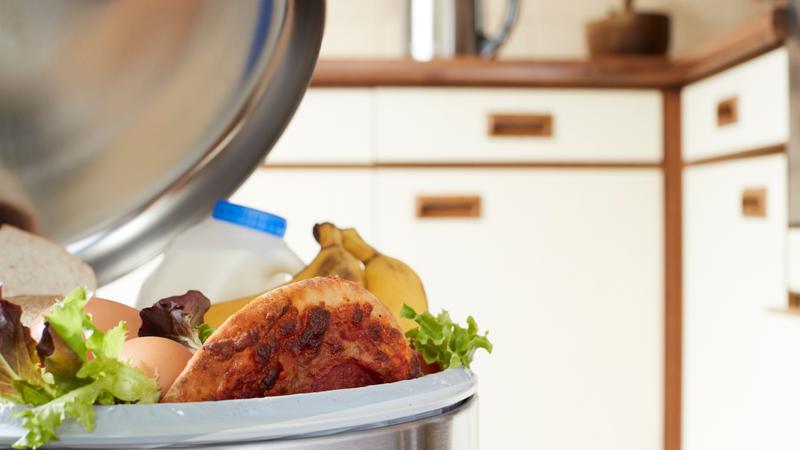
Know how to reduce food waste? You could win up to $1.5-million
OTTAWA, ONT – The Food Waste Reduction Challenge has commenced.
Federal Agriculture and Agri-Food Minister Marie-Claude Bibeau says they are looking for innovators who can come up with new ways of “doing business” that can prevent or divert food waste at any point from farm-to-plate.
“Reducing food waste is necessary for so many reasons: it can help save consumers money, improve food security, support efficiency in the agriculture and food sector, and significantly reduce greenhouse gas emissions. Through this exciting challenge, our Government is finding new ways of reducing food waste across the supply chain.”
Challenge Streams A and B are now open for concept applications with a closing date of January 18, 2021.


